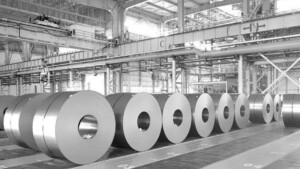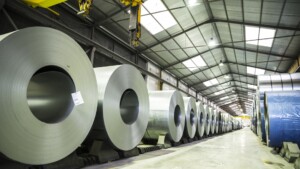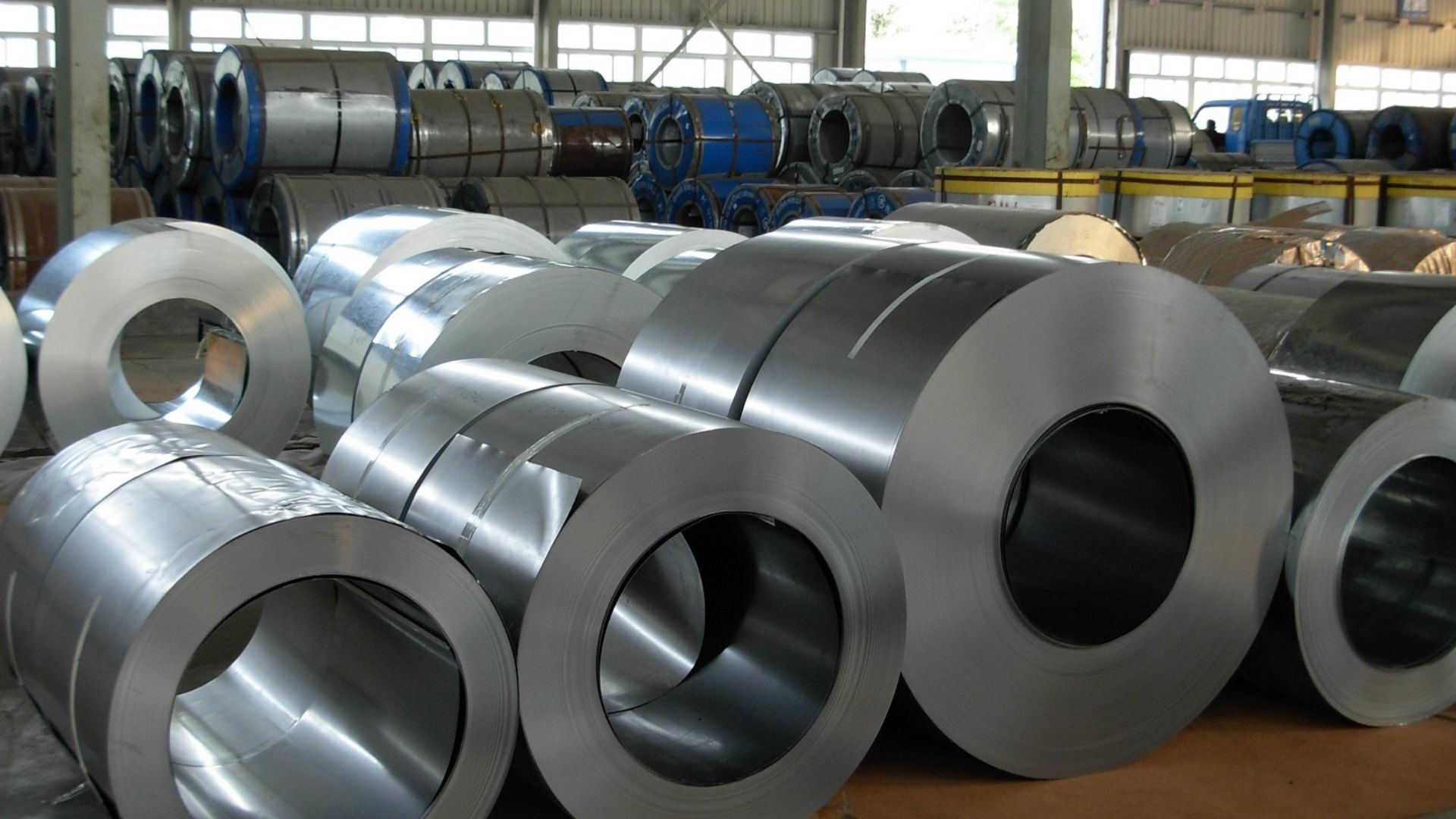Steel is a fundamental material used across multiple industries, from construction to manufacturing. When choosing steel for a project, understanding the differences between cold roll and hot roll steel is essential. These two types of steel undergo different manufacturing processes, which impact their strength, finish, and suitability for various applications. But in Dubai’s extreme climate, where temperatures soar and humidity is high, selecting the right type of steel is even more critical.

Understanding Hot Roll Steel
Hot roll steel is produced at high temperatures, typically above 1,700°F (927°C). This process keeps the steel soft and easy to shape while eliminating internal stresses. Once it cools, hot roll steel develops a rough, scaled surface.
Advantages of Hot Roll Steel:
- Cost-Effective: The simpler manufacturing process makes it more affordable.
- High Ductility: Hot roll steel can be easily formed into various shapes, making it ideal for construction and heavy-duty applications.
- Good for Large-Scale Projects: Suitable for bridges, structural beams, and heavy equipment where precision is less critical.
Disadvantages in Dubai’s Climate:
- Prone to Rust: The rough surface retains moisture, increasing the risk of corrosion, which is a concern in Dubai’s humid coastal areas.
- Less Precision: Due to cooling variations, it may have slight size inconsistencies.
Understanding Cold Roll Steel
Cold roll steel is manufactured by rolling hot steel further at room temperature. This additional processing results in a smoother surface and higher strength.
Advantages of Cold Roll Steel:
- Greater Strength: The extra processing increases tensile strength, making it more resistant to deformation.
- Smooth Finish: Ideal for projects that require a clean, polished appearance.
- Higher Precision: Suitable for applications where exact dimensions and tolerances are necessary.
Disadvantages in Dubai’s Climate:
- Higher Cost: Additional processing makes cold roll steel more expensive.
- Less Malleable: It is harder to shape compared to hot roll steel.
Which One is Better for Dubai’s Climate?
Dubai experiences extreme temperatures, high humidity, and occasional sandstorms, making material durability a key consideration. While both types of steel have their advantages, cold roll steel is generally better suited for Dubai’s conditions because:
- Better Corrosion Resistance: The smooth finish of cold roll steel makes it less likely to trap moisture and rust.
- Higher Strength: Ideal for high-rise buildings and precision structures that must withstand intense heat and stress.
- Aesthetic Appeal: The smooth finish is beneficial for visible applications such as interior structures and architectural features.
However, hot roll steel remains an excellent choice for large-scale projects like bridges and industrial equipment, where cost efficiency and ductility are more important than surface finish.

Conclusion
For industries requiring high-quality steel solutions in Dubai, Raysun Techno Industries LLC is a trusted provider of both cold roll and hot roll steel. With expertise in selecting the right materials for Dubai’s demanding climate, Raysun Techno Industries LLC ensures durability, strength, and cost-effective solutions for construction, manufacturing, and industrial projects.

